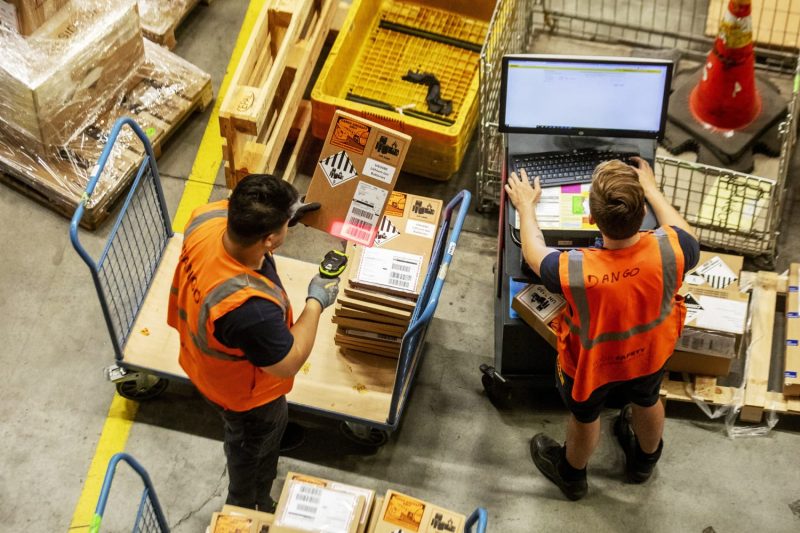In the fast-paced world of global commerce, intricate networks facilitate the flow of goods and services across borders and continents. However, as resilient as these systems may seem, a single failure can send shockwaves through the entire web, disrupting supply chains, causing significant financial losses, and even triggering worldwide economic instability.
One common vulnerability in the global commerce network is overreliance on a single point of failure. This could be a key supplier, a critical transportation route, or a specific technology platform. When all operations are contingent on this single entity, the potential for catastrophic consequences becomes clear. Take, for example, the disruption caused by the closure of the Suez Canal in March 2021 when the Ever Given container ship blocked one of the world’s most vital trade routes. The resulting delays cost billions of dollars and revealed how interconnected and fragile global trade infrastructure can be.
Another significant risk factor is the lack of redundancy built into supply chains. In an effort to optimize efficiency and reduce costs, many companies have streamlined their operations to such an extent that they have little room to maneuver in case of disruptions. When unexpected events such as natural disasters, geopolitical tensions, or global pandemics occur, these tightly woven supply chains can unravel rapidly, leading to shortages, price hikes, and market instability.
Moreover, the interconnected nature of the global economy means that a failure in one sector can have far-reaching implications across multiple industries. For instance, the bankruptcy of a major financial institution can trigger a domino effect, causing widespread panic in the stock market, destabilizing currency exchange rates, and ultimately impacting businesses worldwide. In today’s hyper-connected world, a ripple in one corner can quickly escalate into a tidal wave affecting the entire global commerce network.
To mitigate the risks associated with such vulnerabilities, businesses and policymakers alike must prioritize resilience and diversification. This includes building redundancy into supply chains, developing contingency plans for potential disruptions, and fostering collaboration and transparency across the global commerce ecosystem. By preparing for the unexpected and reducing dependencies on a single point of failure, companies can better withstand shocks and protect the stability of the broader global economy.
In conclusion, the fragility of the web of global commerce underscores the importance of proactive risk management and strategic planning. While the interconnected nature of modern trade offers numerous benefits in terms of efficiency and growth, it also exposes vulnerabilities that can have far-reaching consequences. By recognizing and addressing these vulnerabilities, stakeholders can work together to fortify the global commerce network against potential failures and ensure its resilience in the face of uncertainty.


































